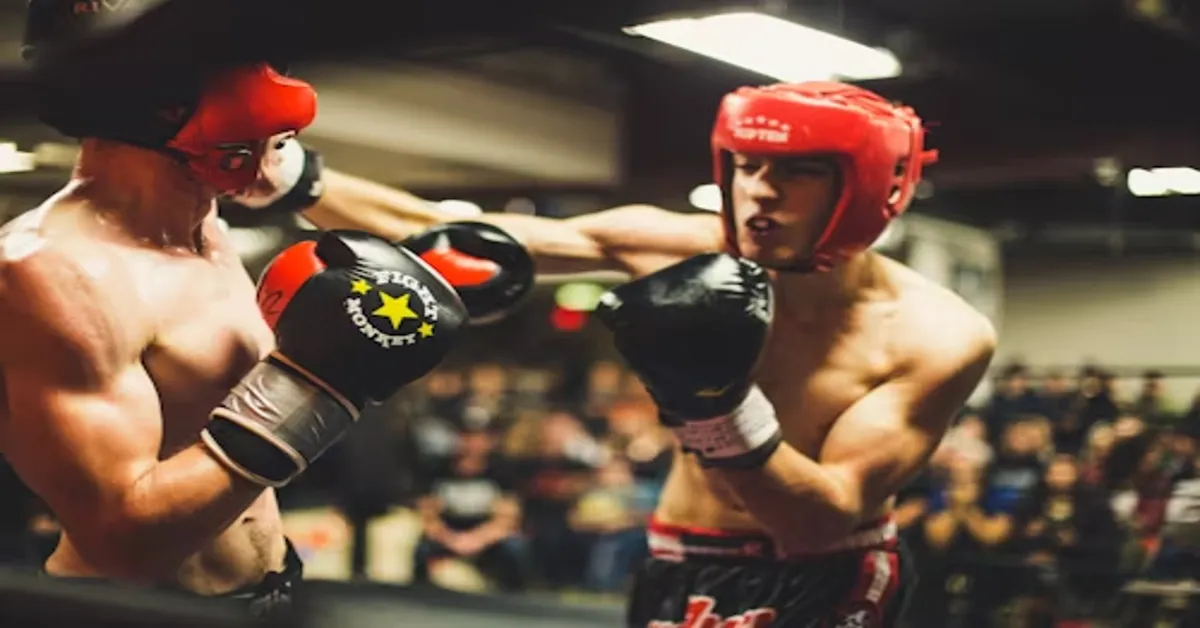Before the ubiquity of streaming platforms and online tutorials, the humble DVD was a lifeline for martial artists seeking knowledge beyond their local dojo. For practitioners of Filipino Martial Arts (FMA), and specifically the devastating empty-hand component known as Panantakan, instructional DVDs played a crucial role in preserving, disseminating, and popularizing this dynamic fighting art worldwide. While digital formats now dominate, the legacy and lessons contained on these discs remain valuable resources.
What is Panantakan?
Often referred to as “Filipino Boxing,” “Suntukan,” or “Dirty Boxing” within FMA circles, Panantakan is far more than just throwing punches. It’s the intricate empty-hand fighting system deeply integrated with the weapon-based principles of Eskrima, Arnis, and Kali. Its core focuses on:
- Close-Range Devastation: Emphasizing elbows, uppercuts, hooks, hammer fists, and short, powerful punches designed for infighting.
- Trapping & Control: Utilizing Pakal (trapping), Lubag (locking), and Dumog (grappling/wrestling) to control limbs, disrupt balance, and set up strikes.
- Destruction: Targeting vital points, nerves, and joints for maximum effect with minimal effort.
- Flow & Sensitivity: Maintaining fluid movement and developing tactile sensitivity (similar to Chi Sao or Hubud Lubud) to feel and react to an opponent’s energy and structure.
- Weapon-Based Foundation: Footwork, angles, power generation, and defensive movements are directly derived from bladed and impact weapon training. Empty hands become the “live blade.”
Why DVDs Were (and Still Are) Significant for Panantakan:
- Accessibility: Before widespread internet access and specialized online instructors, DVDs were the primary way for students outside the Philippines, or away from established FMA schools, to access authentic Panantakan instruction.
- Visual Learning: Panantakan relies heavily on subtle angles, body mechanics, trapping sequences, and flow. DVDs allowed learners to see these nuances repeatedly, pause, rewind, and study details impossible to grasp fully from a book.
- Preserving Lineages: DVDs became archives for the methods of renowned Grandmasters and instructors. They captured unique interpretations, drills, and applications that might otherwise be lost or diluted over time.
- Structured Curriculum: Many DVD sets offered progressive learning paths, breaking down complex Panantakan concepts into digestible modules – from foundational strikes and footwork to advanced combinations, counters, and flow drills.
- Supplemental Training: For students already training with an instructor, DVDs provided valuable supplementary material for home study, reinforcement, and exposure to different stylistic approaches within Panantakan.
Navigating the World of Panantakan DVDs:
The market offered (and still offers via resale or digital download) a wide range of Panantakan DVDs. Key considerations when exploring them include:
- Instructor Credibility: Research the instructor’s lineage, experience, and reputation within the FMA community. Look for those recognized by established organizations or Grandmasters.
- Production Quality: While content is king, poor audio, shaky camerawork, or bad lighting can hinder learning significantly. Look for clear demonstrations from multiple angles.
- Content Focus: Some DVDs focus purely on striking techniques and combinations. Others delve deeply into trapping, sensitivity drills, or integration with Dumog. Choose based on your interest and current level.
- Progression: Does the DVD (or series) offer a logical progression from basics to more advanced material, or is it a collection of disjointed techniques?
- Style Specificity: Panantakan can vary between FMA systems (e.g., Pekiti-Tirsia, Doce Pares, Modern Arnis, Inosanto Blend). Be aware of the instructor’s primary system.
Notable Names in Panantakan DVD Instruction (Past & Present):
While not exhaustive, instructors known for producing influential Panantakan content include:
- Guro Dan Inosanto: Widely credited with introducing and systematizing Panantakan concepts (often blended with other arts) to a massive Western audience through his extensive JKD/Kali/Arnis curriculum, heavily documented on video/DVD.
- Tuhon Ray Dionaldo (Pekiti-Tirsia Kali): Known for incredibly direct, powerful, and weapon-integrated empty-hand applications, often featuring hardcore Panantakan drills and tactics in his materials.
- Grandmaster Cacoy Canete (Doce Pares): His “Eskrido” system heavily features Panantakan principles integrated with grappling and disarming. DVDs capture his unique, efficient style.
- Guro Rick Faye (Minnesota Kali Group): Produced clear, well-structured DVDs covering Panantakan fundamentals, flow drills, and applications within the Inosanto blend.
- Masters like Edgar Sulite (Lameco), Christopher Ricketts, Rene Latosa, and many others: Contributed significantly through their own DVD releases, each showcasing their system’s approach to empty-hand combat.
The Digital Evolution & Enduring Value:
While DVDs were revolutionary, the landscape has shifted:
- Streaming & Download Platforms: Sites like Vimeo On Demand, PPVHub, Patreon, and specialized FMA platforms offer instant access, often with higher resolution and more frequent updates than DVDs allowed.
- Online Seminars & Courses: Interactive learning through Zoom and dedicated course platforms provides direct feedback and community, something DVDs couldn’t offer.
- Convenience: Digital formats eliminate physical media, playable anywhere on multiple devices.
However, Panantakan DVDs retain value:
- Historical Record: They document specific instructors and methodologies at a point in time.
- Focused Study: Owning a physical (or digital file) set allows deep, repeated study without subscription reliance.
- Offline Access: Crucial for training in areas with poor internet.
- Collectibility: For enthusiasts, DVDs from renowned masters hold historical and collectible significance.
Conclusion:
Panantakan DVDs served as vital conduits, carrying the powerful and intricate art of Filipino empty-hand combat from the islands to dojos and living rooms across the globe. They democratized access, preserved knowledge, and fueled the growth of FMA. While digital platforms now offer greater interactivity and convenience, the well-produced Panantakan DVD remains a potent learning tool. Whether exploring the foundational strikes, intricate trapping sequences, or the brutal efficiency of Dumog integrations, these discs offer a tangible connection to the relentless flow and devastating power that defines authentic Panantakan. For the serious student, they remain a worthwhile investment on the punching path.
